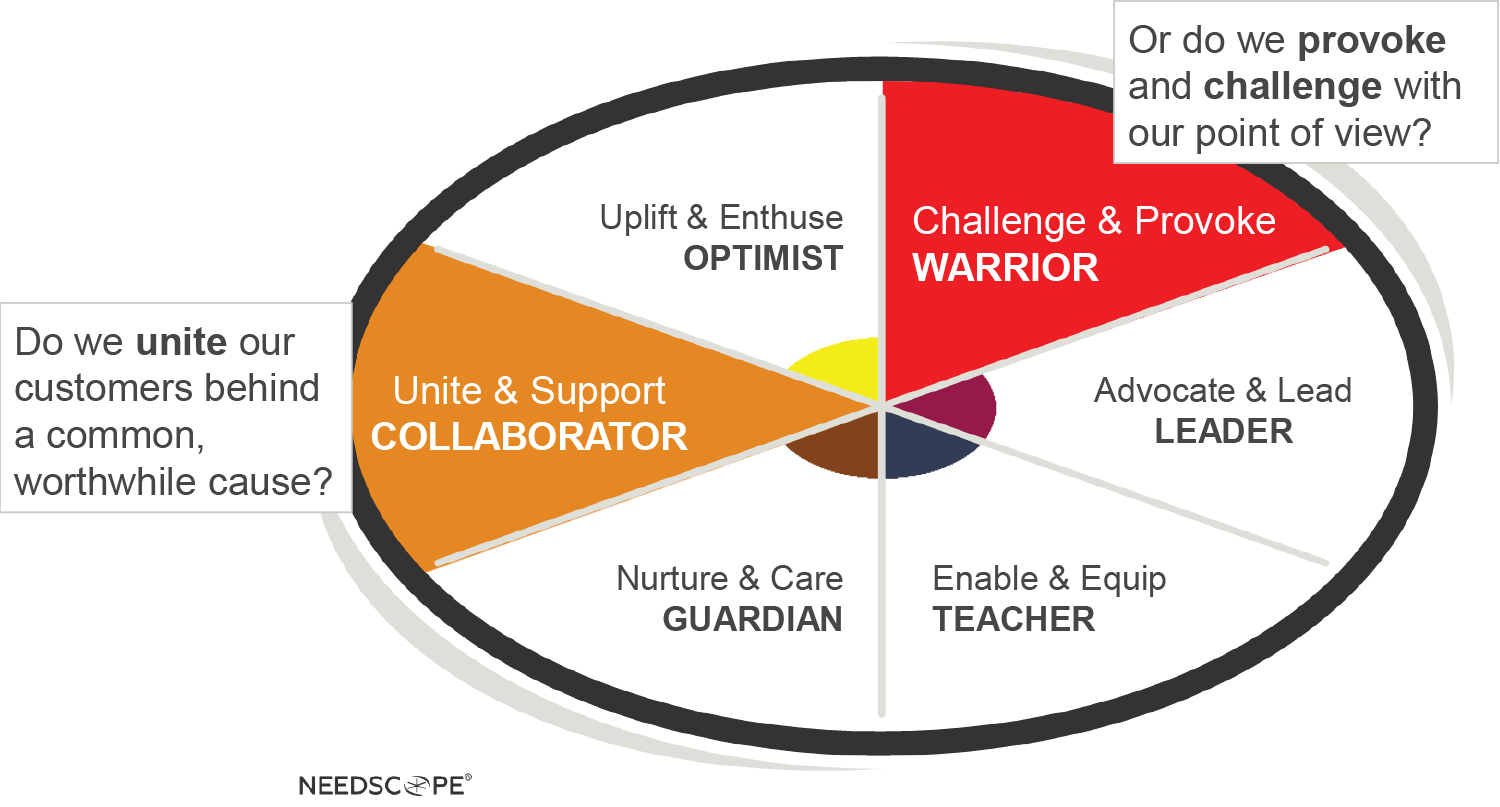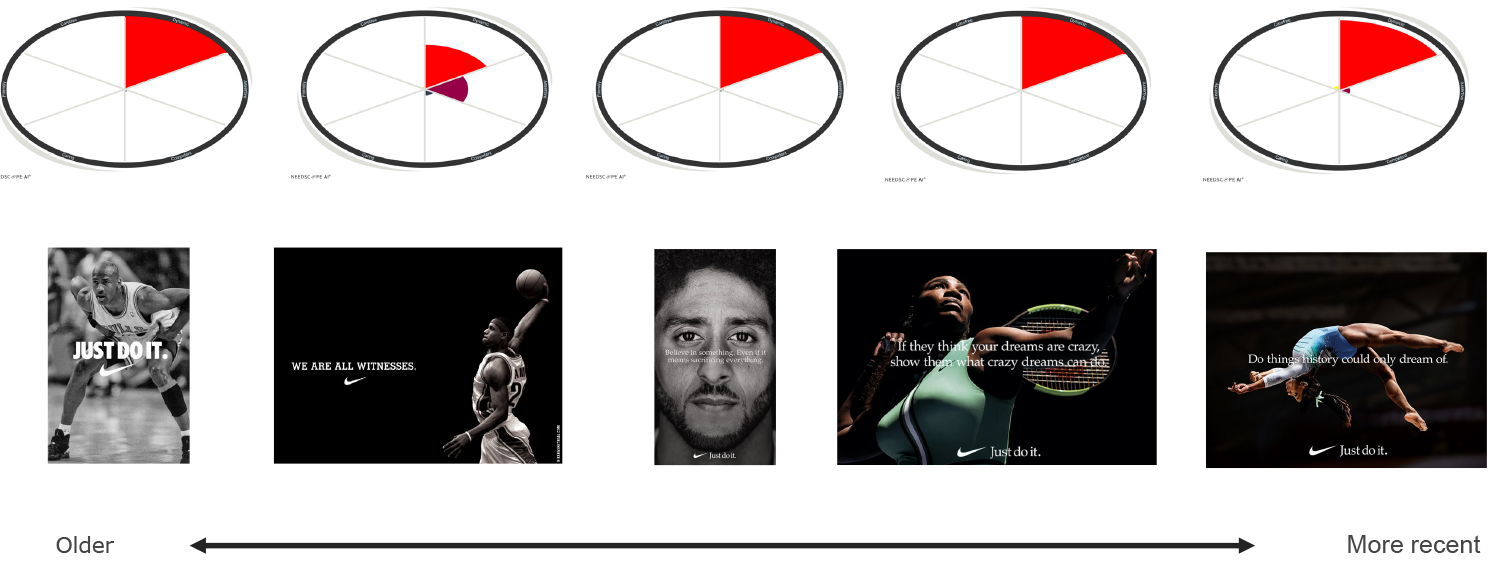Previous articles in our series on brand equity laid down a solid case for understanding and measuring brand equity. These articles introduced us to some key concepts around pre-disposition towards brands and brand power. We saw how creating an emotional connection is key to long-term brand building and how a brand’s assets can do this. And we also saw compelling evidence of the benefits for brands in being meaningfully different, in terms of their ability to command a price premium and greater potential to gain value share in the future.
In this article we look at how brand owners can build meaningful difference through emotion, and how increasingly they are using brand purpose to do the job.
Meaningful difference is hard to find
Kantar’s BrandZ brand equity research shows how being meaningfully different is the key to building a powerful, valuable brand. So how do we go about doing this?
For many brands this seems daunting. A quick glance at a few categories reveals the nature of the problem. Most brands operate in very demanding competitive situations. Consumers have an overwhelming range of choices in many cases. But often there’s parity between brands and few functional differences to see. Not to mention that some categories are not very engaging, and consumers might not care that deeply for the brands on offer. These are not uncommon situations. It’s often quite tough to find something worthwhile to build your brand around.
Given this, it’s not difficult to see why some brands are turning to brand purpose to act more responsibly and find that elusive point of meaningful difference.
Brand purpose offers an alternative path
In a broader sense, the idea of having a ‘purpose’ beyond making profit is not new. Successful brands have always stood for an ideal that captures the consumer’s imagination. For example, Coke’s ‘Open or share happiness’ reached beyond product benefits and promised a social good of bringing people together.
But purpose defined this way is largely a brand’s purpose within its category, rather than the broader ‘higher purpose’ that links in to a social or environmental issue, that we might think of today. And when we think of brand purpose as ‘higher purpose’, some obvious success stories leap out. For example, the outdoor clothing brand Patagonia, the cosmetic brand Lush, or the household and personal care brand Seventh Generation. These often-quoted brands had a higher purpose embedded in them from the outset. Their sustainability credentials are very clear. And their purpose is closely linked to how their organisations run and their company culture. Their authenticity, their values, their messaging and what they offer draws consumers to them.
The allure of this kind of success is understandable. So much so that it appears these brands are tapping into a wider shift in brand marketing toward brands that play a stronger role in addressing societal and sustainability issues. As Kantar’s COVID-19 Barometer shows, consumers increasingly expect brands to play an active role in making the world a better place. This shift will only intensify.
Consumer expectations of brands

Source: Kantar COVID-19 Barometer
At the same time, these purpose-led brands stand in stark contrast to their more established competitors. Whilst brands such as Dove or Nike have successfully evolved with this shift, building strong purpose credentials, many others have struggled. We’ve all seen examples where a newly acquired brand purpose has felt forced, inauthentic, or even irrelevant to the brand.
The problem is that unlike newer brands, social and sustainability issues weren’t given much thought when most well established brands were first conceived. And some established brands don’t easily lend themselves to having a higher purpose. So, how do established brands move forward to acquire an authentic purpose?
Learning from brand purpose success
We can learn lessons from where we see success. These two well established brands illustrate how to authentically evolve a purpose:
- Nespresso ‘Made with care’ is a great example of a brand taking on sustainability and fairness issues that are important in their category. In this they retained links with George Clooney as a celebrity spokesperson, keeping continuity. But this is more than a campaign; the company has committed to being carbon neutral by 2022.
- Nike’s ‘Just Do It’ campaign re-boot took a provocative stance on racial stereotypes through Colin Kaepernick, subsequently followed by ‘Dream Crazier’ challenging females stereotypes with Serena Williams. Nike supported this with tangible action – it significantly invests in organisations focused on economic empowerment, education, and social justice to address racial inequality for Black Americans. This approach continues with their latest campaign ‘You can’t stop us’.
These are award-winning marketing efforts from well-known brands. Neither started out with their purpose, but have developed a purpose that flows naturally and authentically from their brand positioning. Some commonalities emerge:
- Their purpose is relevant to the category in which they compete, grounded in a category need, based on emotion
- Their purpose is not tacked-on but cohesive and well aligned with the brand positioning
- They back their purpose up with tangible action.
This kind of authentic purpose doesn’t happen by chance: it requires the discipline of robust brand strategy development. For established brands looking to develop purpose, the link with emotion may not be that evident. Some brand owners might assume that simply having a higher purpose is emotional – you are showing people that you care. But is this enough? As we saw in the early stages of the pandemic every brand was quick to show they cared. The advertising was a sea of sameness doing nothing for brand differentiation.
It needn’t be this way. Before ‘doing’ purpose, brands should be clear about what emotion they are trying to capture through their position. The emotion in their purpose should also reflect this.
Start with emotion
Emotion should underpin everything a brand does – aligning through every touchpoint, from logos to brand experiences, communications, packaging and so on. Is our brand warm and friendly or is it bold and dynamic? Is this tonality implied through the logo expression? Is it aligned with the emotion in all communications? Brands with the ‘irresistibility factor’ align every touchpoint on emotion and this contributes to their meaningful difference. This kind of alignment ruthlessly and consistently executed builds emotive clarity over time.
Looking more deeply at Nike we see a powerful example of emotive clarity expressed through its touchpoints.
The Nike brand expressed through touchpoints

- Bold, dynamic, and provocative emotions make it unique from competitors
- Its famous swoosh logo and ‘Just Do It’ tagline radiate emotion – these powerful symbols give out a dynamic and active feeling, well suited to sports
- Its ad campaigns are provocative but stay true to the spirit of the Nike brand
Build consistent emotion through brand purpose
Likewise, purpose should align too, along with all the other elements that support the brand positioning. Whilst purpose can show how a brand cares, there are a range of ways a brand can bring this to life, each of which deliver a different kind of emotion. The NeedScope model below uses psychological principles to reveal the range of emotion a brand can tap into. These form the basis of potential positioning territories that brands can occupy to define their meaningful difference. What emotion do we want to reinforce for our brand? What kind of role could our brand play through purpose?
Potential brand roles using purpose

For example, if your purpose is to empower women, do you take an activist stance by overtly challenging stereotypes? Or do you support education initiatives for under-privileged groups that brings women together? Similar purpose – different emotive delivery.
Returning to the Nike example, we can apply this model. By its nature, the bold, dynamic, and provocative emotion inherent in the Nike brand place it in the ‘Red’ territory of the NeedScope model.
By choosing to take on purpose issues such as the treatment of minorities and female stereotypes in sport, Nike could have executed in a heartfelt, caring way like a lot of purpose advertising. They chose not to do this, but to challenge and provoke on these issues. In doing so their purpose execution was tonally consistent with the Nike brand itself.
Take the time to do purpose right
What’s more, by comparing older Nike executions with the newer purpose ones, we can see how the brand has evolved consistently over time. Its messaging has shifted from simple associations with successful sports stars to more nuanced recent messaging encompassing social causes. But most crucially the code and tonality has remained remarkably consistent. This tonal consistency is clearly seen when analysed through the NeedScope AI Decoder (a tool that uses machine learning to decode the emotion in advertising). All are consistent with the emotion in the ‘Red’ space – aligning on the active, dynamic, and provocative emotion Nike is famous and meaningfully different for.
Emotive clarity: Nike ads are tonally consistent over time

It’s this consistent, well aligned evolution that makes Nike’s purpose feel more authentic. Its purpose is a continuation of an ongoing brand story. It should come as no surprise that Nike is a consistent high performer in the Kantar BrandZ global top 100.
Brand purpose represents a big opportunity for well-established brands to find a valuable point of meaningful difference. But the pathway to authentic purpose demands a lot from brands. The rewards are there for those that have the courage to take a stand, they focus on the emotion they need to capture and the discipline to execute consistently over the long haul.
Is your brand up for the challenge? Get in touch if you’d like to discuss how to evolve your brand’s purpose.


